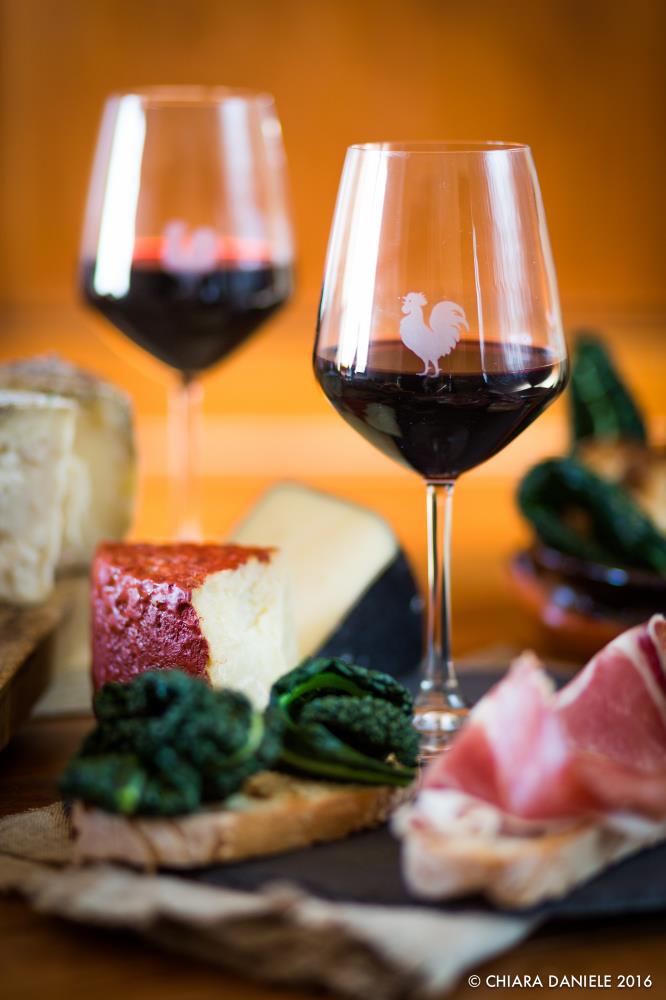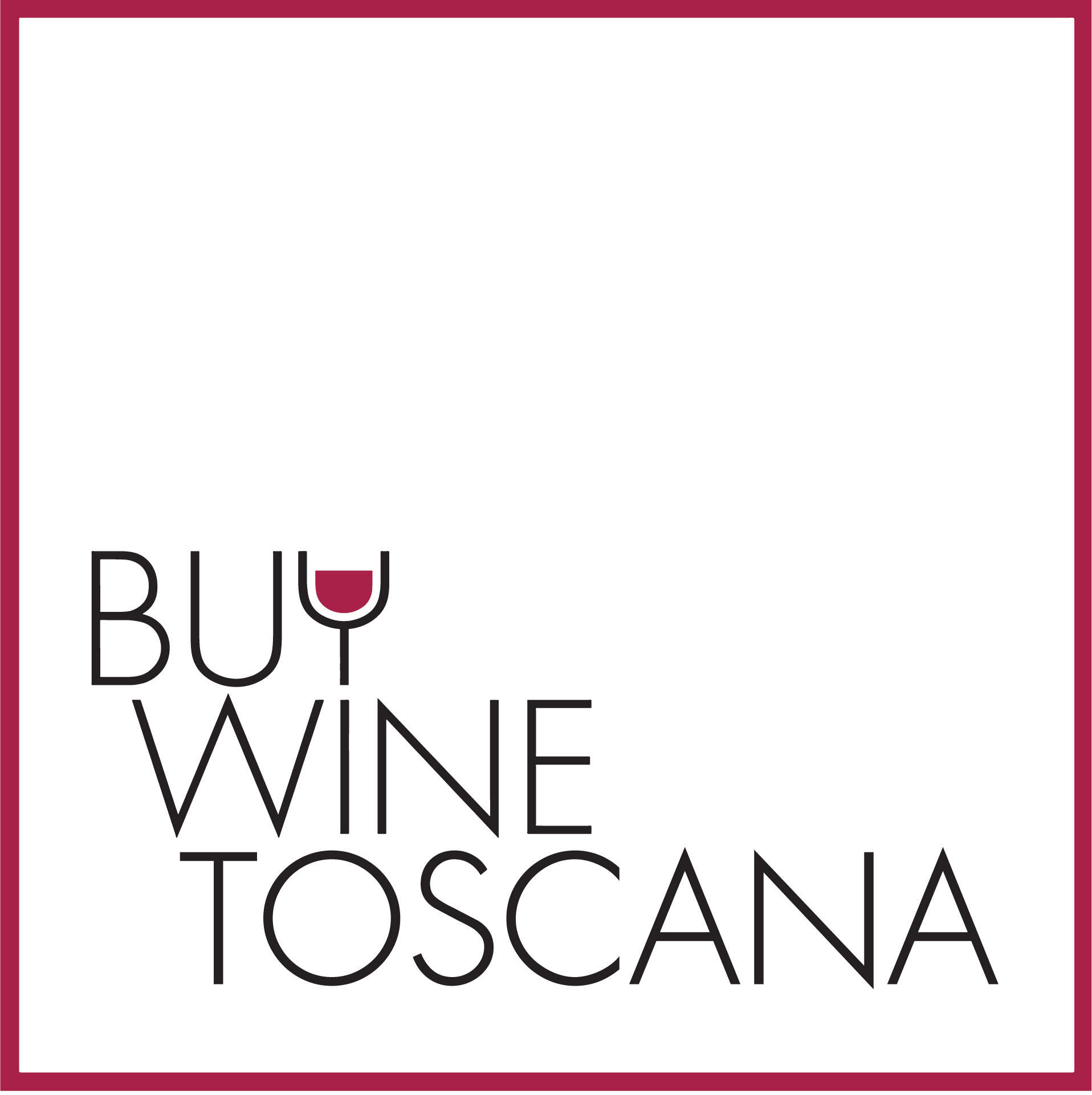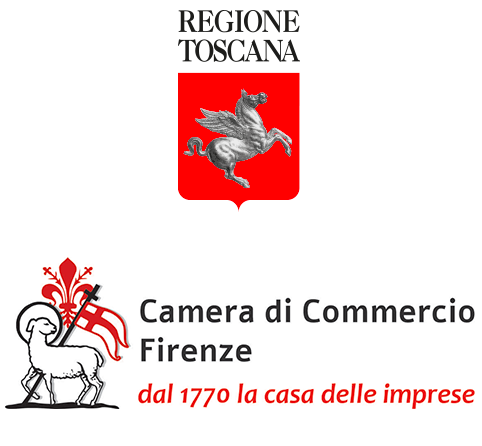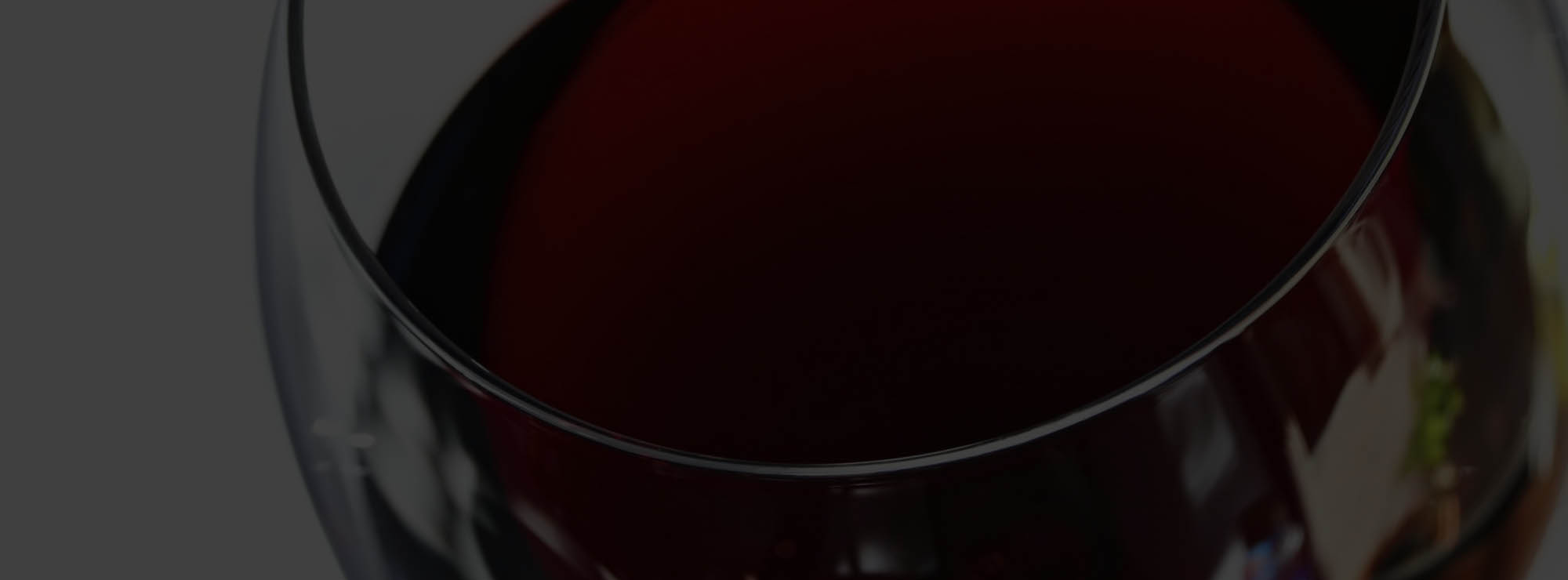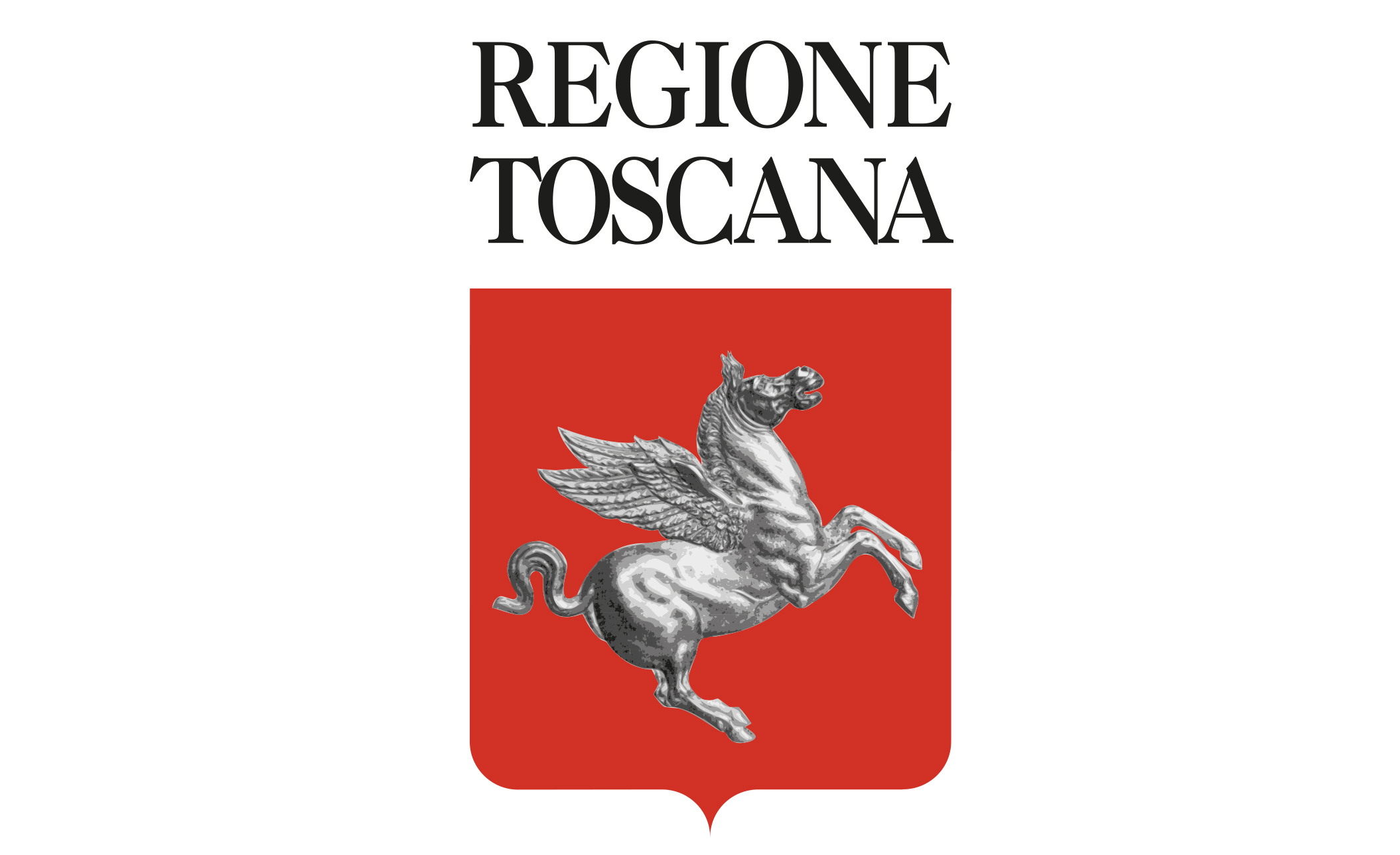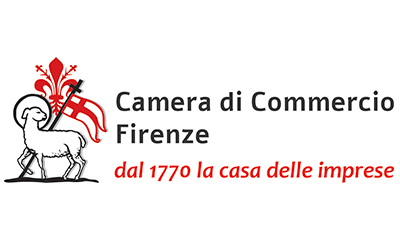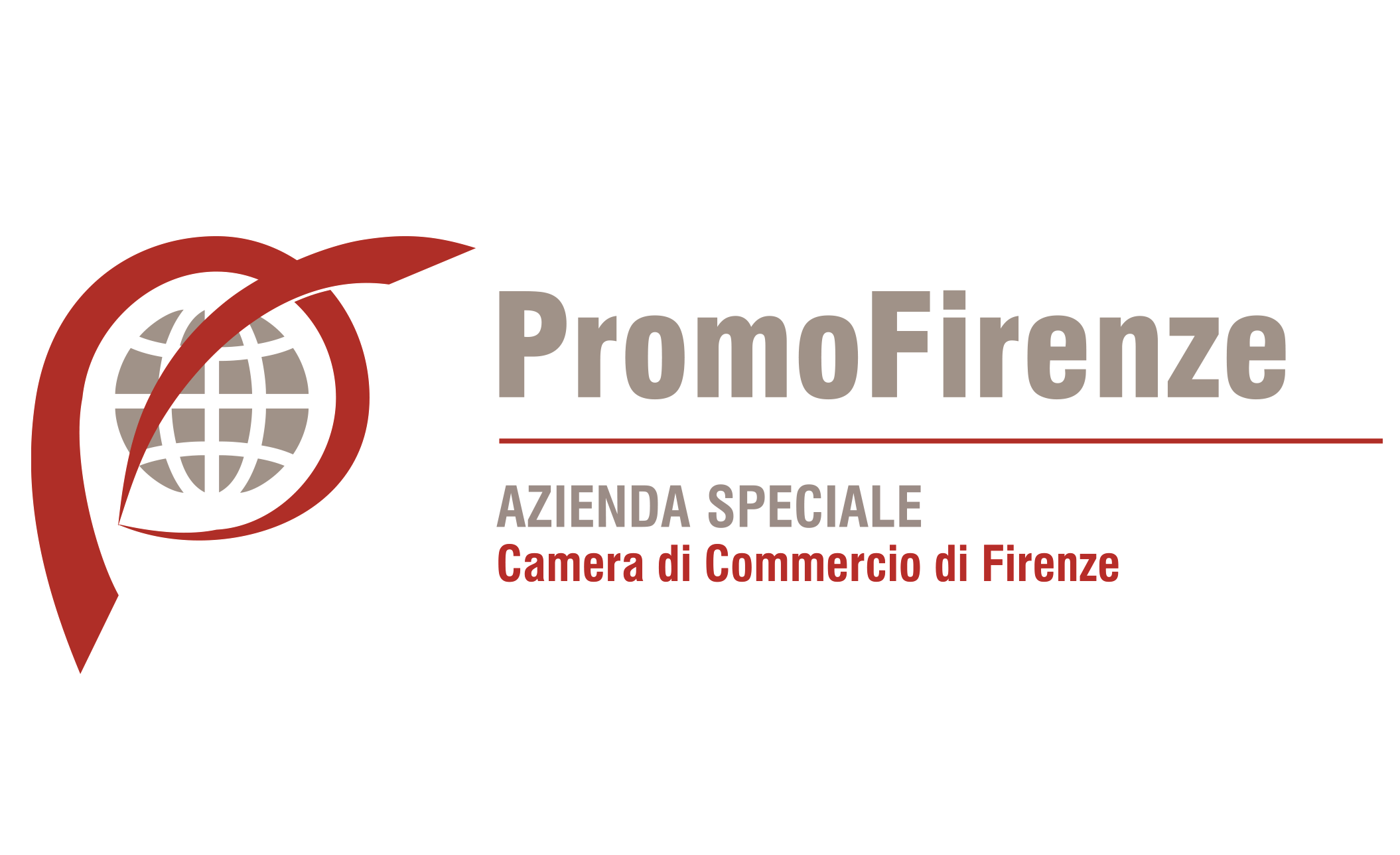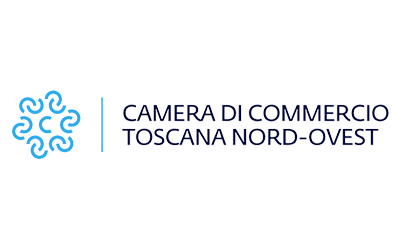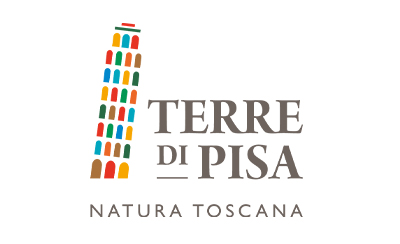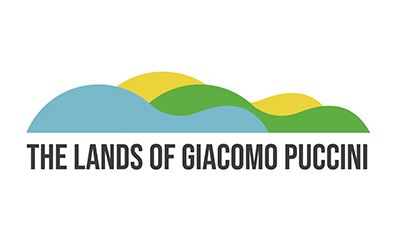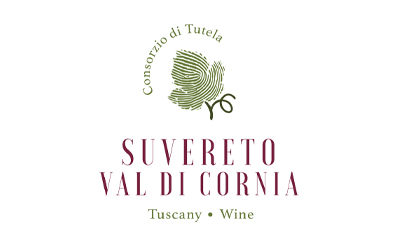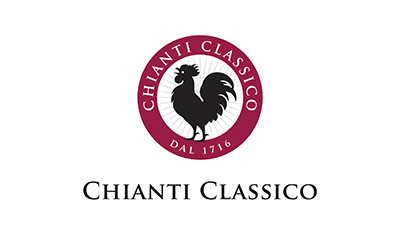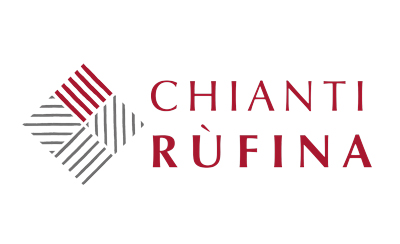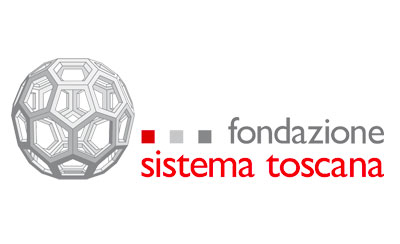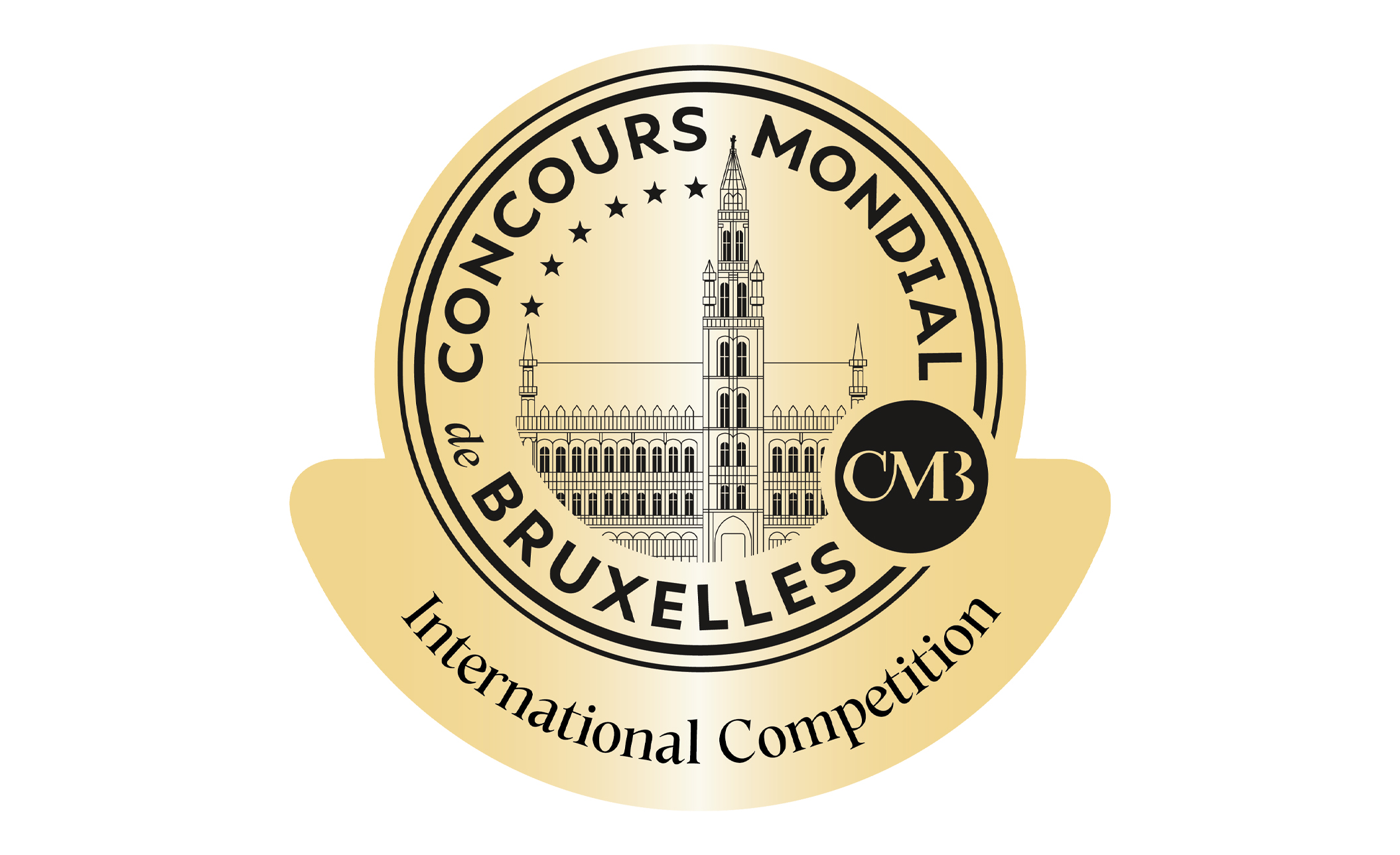Chianti Classico, the first territory of wine
The Chianti Classico territory’s capitals are Siena and Florence and it is shared between the provinces of the two municipalities. The zone amounts to 70,000 hectares (172,900 acres) and includes the entire territories of the municipalities of Castellina in Chianti, Gaiole in Chianti, Greve in Chianti and Radda in Chianti and parts of those of Barberino Val d’Elsa, Castelnuovo Berardenga, Poggibonsi, San Casciano Val di Pesa and Tavarnelle Val di Pesa.
The Chianti area is mainly covered with woodlands, principally oak, chestnut and pine as well as cypress, situated on a plateau at altitudes between 200 and 800 metres. The highest altitude for growing grapes for Chianti Classico wine is 700 metres a.s.l. The local climate is continental with significant day-night temperature variation, generally low winter temperatures – below 4-5°C – and hot, dry summers, often reaching temperatures of over 35°.
Geologically the land is a shield of clayey schists (marl), with layers of scaly clay, alberese and fine limestone sandstone. The dark brown soil tends not to be deep, with structures ranging from clayey-sand to stony with average clay content.
The type of land varies considerably from one area to another, making it impossible to make a clear subdivision of the various soil types typical of Chianti. But it can also be said that marl-based soil is widespread in the San Casciano in Val di Pesa, while Greve in Chianti and all the lower altitude areas have typically clayey limestone soil; large sandstone rocks characterize the Monte dei Chianti ridge; alberese is the principal element of the central-southern area, and tuffstone rock is found in most of the Castelnuovo Berardenga area. The area with a marked sandstone presence are severe and steep while the limestone hills are softer and rounder, and the clayey hills are even gentler.
Almost all the Chianti Classico production area, though, has soil rich in stony material, especially marl.
Two-thirds of the whole area is covered with woods. Oak trees are present everywhere while chestnuts are found mainly in the eastern area, conifers in the higher altitudes and pine woods in the lower hills south of Florence.
This is the birthplace of one the best-known and most widely appreciated wines in the world, guaranteed by the Denominazione di Origine Controllata e Garantita (DOCG) certification which is the peak of the quality scale for Italian wines. Chianti Classico, with its distinctive and unmistakeable trademark, the Black Rooster, is governed by production specifications which include a minimum of 80% Sangiovese grapes in the blend for this, the only “oldest zone of origin”, defined in its boundaries in 1716 by an edict issued by Cosimo III, Grand Duke of Tuscany.
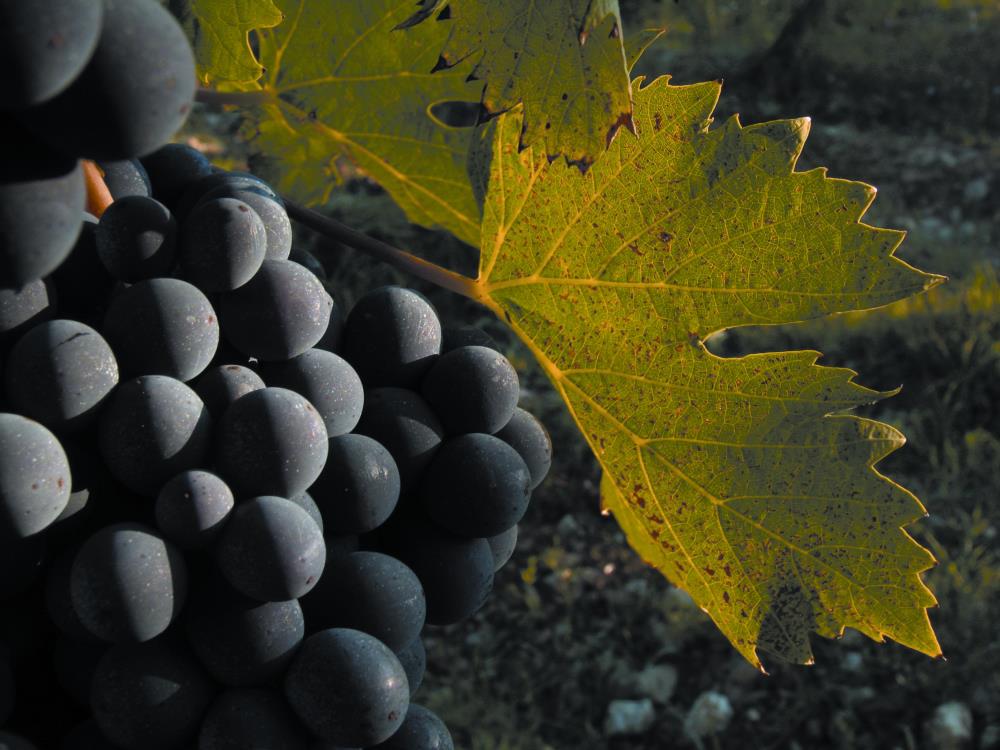
From its foundation the Consortium has been protecting, overseeing and valorizing the Chianti Classico denomination. From the Consortium for the protection of Chianti wine and its mark of origin of the 1924 to today’s Consorzio Vino Chianti Classico the organization has changed its name and the design of its logo, but its trademark has always been the historic symbol of the Black Rooster. Consortium, which represents nearly 96% of the DOCG production, is one of the principal representative for the institutional organizations in Italy and in the European Union in the grape-growing and winemaking sector. It is internally organized into different departments performing its official tasks: safeguarding the denomination, valorizing the brand and providing a variety of services to its members. The entire production chain, from grape growing to wine bottling, is supervised by a tracking system the data of which are entered into a public database. This system enables consumers all over the world to check the bottle they’ve purchased only by surfing the www.chianticlassico.com website. The Consortium also closely monitors its wines on the market.Another important part of its activities consists of research and development in the agronomic and enological fields, in collaboration with prestigious educational and research institutes. After the issue of the European Community CMO (Common Market Organization) on wine, Italy passed a decree that replaced the former law on denominations of origin so that now organizations with a high degree of representation of a denomination can act for all their wineries to valorize the denomination and its trademark. Consortia for protection that represent at least 66% of the denomination and 40% of its wineries are therefore permitted to manage all control, protection and valorization work, reinforcing their roles. In addition, the new law enables a consortium with these requirements to define policies to drive the offer in order to safeguard and protect product quality and help to better coordinate how the denomination is put on the market.
The consortium wines are:
- Chianti Classico Annata DOCG
- Chianti Classico Riserva DOCG
- Chianti Classico Gran Selezione DOCG
- Vinsanto del Chianti Classico DOC
Consorzio Chianti Classico
